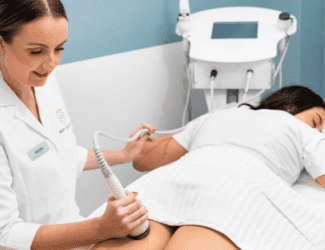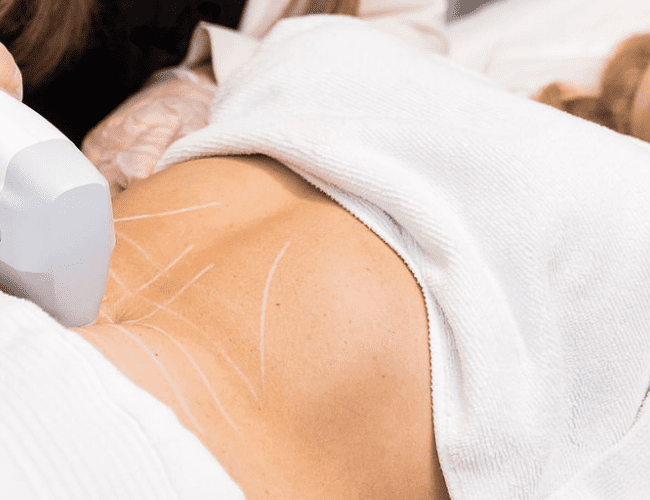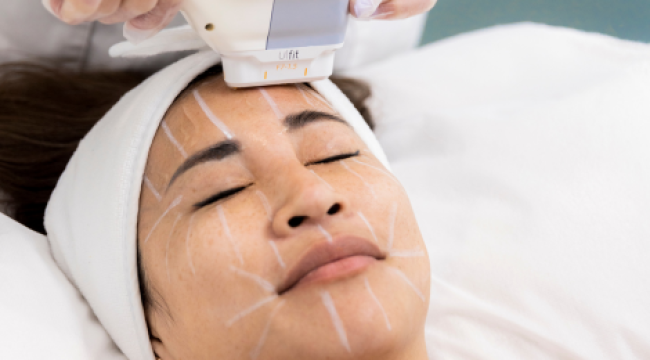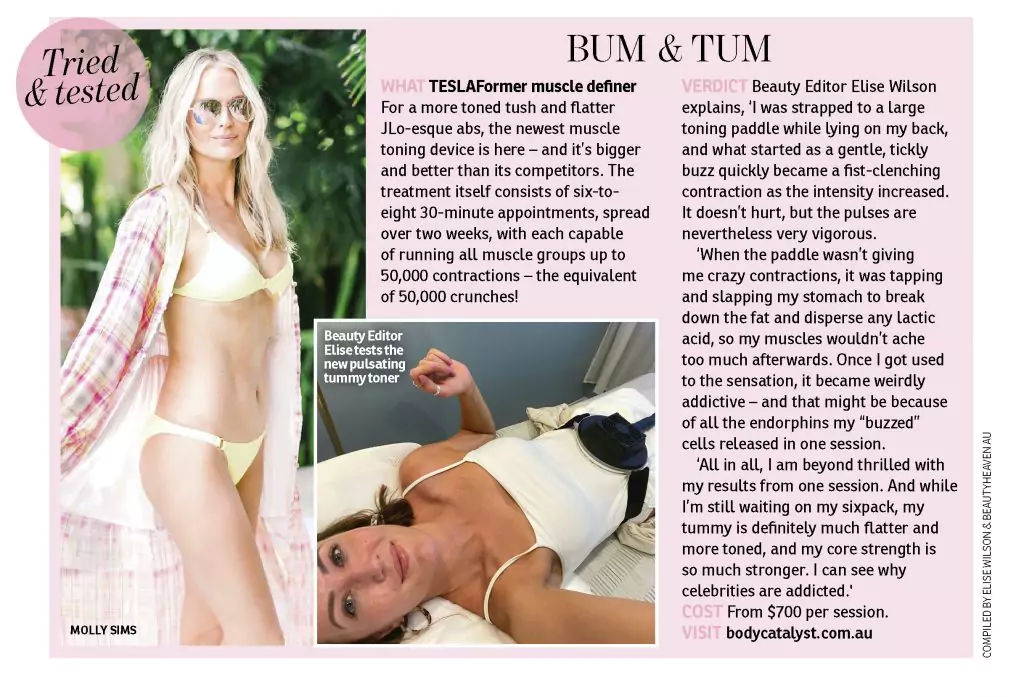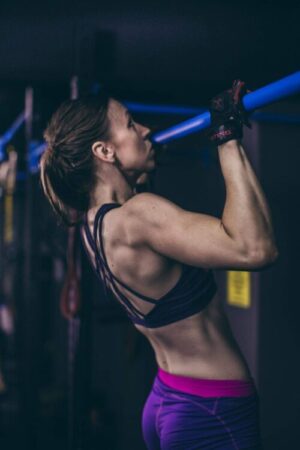Body Catalyst Personal Trainer, Lauren Naidu identifies What Form of Cardio is Best for Fat Loss, and How to Practically Apply that Information into an Exercise Plan. Lauren is qualified in Cert 3 and Cert 4 as well as Strength, Conditioning, Boxing and Pre and Postnatal exercise.
To identify which form of cardio is best for fat loss, we first need to look at the kinds of cardio we can do; what they are, what are their benefits and whether or not one is actually better overall in an exercise structure.
There are two main forms of cardio:
HIIT or High Intensity Interval Training
and
LISS or Low Intensity Steady State Training (LISS can also be known as MICT or Moderate Intensity Continuous Training)
What is HIIT?
HIIT involves doing short, very high effort sprints spaced with low intensity steady state work between intervals. They don’t have to actually be sprints in the form of running, for example it can be a high intensity burst with whatever form of cardio you prefer doing, such as a bike. For instance you would perform 5mins of a warm up, followed by a 20second bout going all out to maximum effort. This can be followed by 2mins of a light recovery pace and then repeated for 5-8 intervals total.
What is LIIS?
LIIS involves exertion at a steady state, without any bursts of maximum effort. For instance, walking on a treadmill at a steady incline or walking outdoors and also maintaining that walk all the way through.
For a while, it was maintained among scientific literature and fitness professionals that LISS was better overall for fat loss, simply because it tends to use more fat as fuel during the cardio session itself, which is true. HIIT exercise bouts tend to utilise more carbohydrate than fat for fuel.
But what really matters isn’t what substrate (fat or carbohydrate) you use during the session itself, but rather what happens to your fat balance over a 24-hour period. So, popular opinion has recently shifted away from the steady state cardio camp and towards HIIT under the assumption that although you may not burn as much fat during the cardio session itself, you will burn more fat in the hours after the cardio session has ended.
This is a popular concept known as the “Calorie After-Burn Effect” or
EPOC: Post-Exercise Oxygen Consumption Effect.
If you utilise more oxygen during a cardio session you’ll burn more fat in the hours following the session due to increased oxygen consumption e.g. as in when you’re just laying down on the couch when your cardio session is over, your body continues to burn calories and ramp up fat-burning while simply laying there. Whereas with Steady State cardio you only really get the fat burning for the duration of the cardio session itself, so you totally miss out on that EPOC component. Although this EPOC effect is real and definitely supported by many lines of scientific evidence, I think it’s practical relevance is somewhat overblown or over-hyped to a degree.
In one study (April 11, 2008, by Lyle McDonald “Excess Post-Exercise Oxygen Consumption and Exercise”), subjects who exercised for 80mins at 70% VO2 Max (about 80% of maximum heart rate), had an EPOC lasting 7hours. Impressive, yes. However, this only amounted to about 80 calories extra burned, which draws into question which is going to contribute more to fat loss: the 600-800 calories burned during the exercise bout itself, or the 80 calories burned afterwards?
Also, 80mins is a long time for most people and it’s probably more realistic to say people generally exercise for half that time (40mins), thereby burning an extra 40 calories from EPOC. Even further, one “Systematic review and meta-analysis of interval training versus moderate intensity continuous training on body adiposity” by S.E Keating and colleagues, concluded that overall EPOC is unlikely to account for any apparent greater fat loss potential with HIIT.
So what are the benefits of HIIT? And are there Drawbacks?
The real bonus for HIIT is it is more time efficient. A 2017 study be Wewege and Colleagues found that across 13 studies there were “no significant differences between HIIT and MICT (moderate intensity continuous training) for any body composition measure, but HIIT required approx. 40% less training time commitment.” In other words, you get the same fat loss between the two forms of cardio for nearly half the time investment with HIIT. However, due to it being high intensity in nature, that intensity demands a lot of energy and stress which needs to be recovered from. Without adequate recovery, the optimal effort needed to get the most out of HIIT training may diminish in subsequent sessions, meaning you get less bang for your buck for your session time.
So, in terms of the practical application of all of this, there are a few benefits to HIIT
* Slight time efficiency edge (although probably not as time efficient as you think)
* May blunt appetite a bit better
* May get you working harder and cross-over into other health factors like diet control
* Tends to be less boring and therefore easier to adhere to in the real world
* Slight EPOC depending on your actual exertion levels
However, it may also:
* Gurt your weight training, strength and performance if performed too frequently
* Tends to be harder to recover from meaning frequency is less than LISS
* May put you at an increased risk of injury
* May be redundant if you’re already weight training
Practically speaking it is better to pick a form of cardio that simply works better for you.
Here’s what I personally recommend:
* Use a combination of both HIIT and LISS, and when doing HIIT generally don’t exceed 3 sessions a week (if also weight training).
* Opt for low impact exercises and exercise equipment where possible. It all comes down to individual differences and preferences, your training and body goals and if you’re recovering adequately and safely from your training.
* Go with what you prefer and what best fits your schedule, find a way to incorporate it into your weight training (if any) routine in a way that minimises their interference.
* Plan your HIIT sessions apart from each other and if weight training, try not to do them following a lower body day but space them apart with a recovery day. Try to fill in the rest of your caloric deficit through reductions in food intake and through doing LISS sessions as needed to continue to lose fat.
In summary, to quote from Dr Eric Helms, ‘Cardio should not be the primary vehicle for fat loss, regardless of whether you are performing HIIT or LISS… but truly the vast majority of fat loss should come from the diet.’
Want to learn more about nutrition? Hear what our nutrition coach, Guilia Delmonte has to say.

